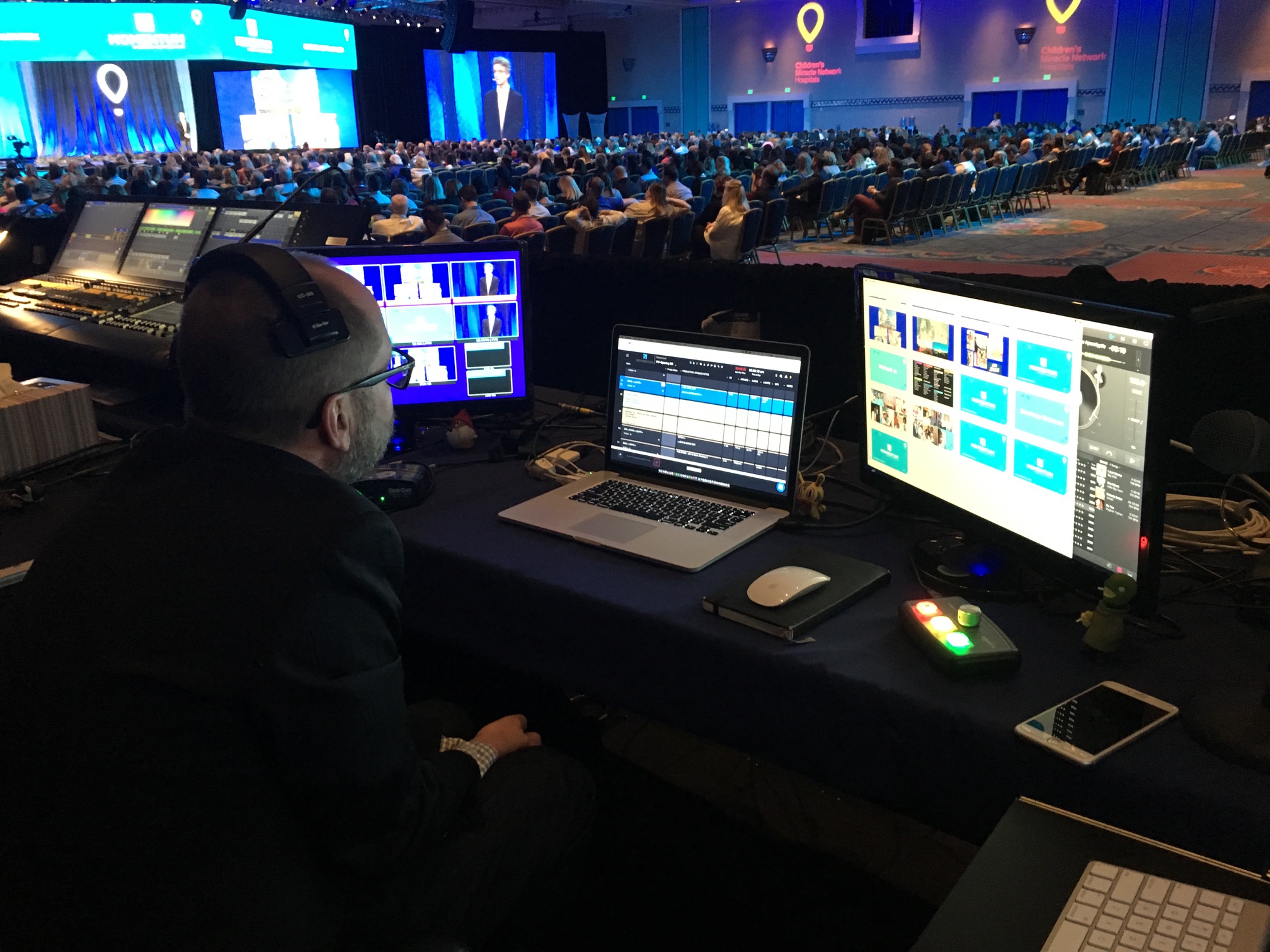Host Spectacular Events with Your Event Source Charlotte Services and Rentals.
Host Spectacular Events with Your Event Source Charlotte Services and Rentals.
Blog Article
Why Event Source Solutions Are Crucial for Seamless Event-Driven Designs
In the realm of contemporary software growth, event-driven designs are progressively widespread, yet their effectiveness hinges on the application of durable event resource solutions. As industries shift towards real-time information processing, recognizing the effects of event sourcing comes to be crucial.
Recognizing Event-Driven Designs
Event-driven designs (EDAs) stand for a paradigm change in designing software systems, where the circulation of details is determined by the occurrence of occasions. This architectural style promotes a decoupled approach, allowing different elements to communicate asynchronously. In EDAs, events work as the key ways of communication, activating procedures or workflows in feedback to certain occurrences, such as user activities or system changes.
The trick elements of an EDA consist of event producers, which generate occasions; occasion customers, which respond to events; and occasion channels, which facilitate the transmission of events in between producers and customers. This structure improves system responsiveness and scalability, as parts can individually process events without the demand for synchronous interaction.
Additionally, EDAs allow real-time information processing, making them ideal for applications calling for instant insights-- such as fraudulence detection in financial systems or monitoring IoT devices. They also sustain a more agile advancement environment, enabling groups to repeat rapidly and deploy brand-new functions with very little disturbance to existing services.
The Function of Occasion Source Solutions
While various components in an event-driven architecture rely upon effective communication, event resource remedies play a crucial function in generating and handling the flow of events. These remedies function as the initial point of occasion production, capturing adjustments in state or customer actions and equating them into events that can be circulated via the system.

Moreover, they facilitate the decoupling of producers and consumers within a design, enabling systems to scale individually. This decoupling is important for boosting system strength, as it minimizes dependences that can otherwise cause traffic jams or single points of failure.
Benefits of Real-Time Information Handling
Real-time data handling considerably enhances the capabilities of event-driven architectures by making it possible for instant understandings and activities based upon the most recent details (your event source charlotte). This immediacy not only increases decision-making however additionally raises the importance and accuracy of those choices. Organizations can react to events as they happen, reducing latency and improving operational agility
Among the main advantages of real-time data handling is the ability to catch and assess information continually. This facilitates aggressive procedures rather than responsive reactions, enabling businesses to prepare for trends and possible problems before they intensify. In sectors such as finance or ecommerce, real-time analytics can determine deceptive purchases or consumer actions changes, allowing swift interventions that reduce danger and maximize consumer fulfillment.

Eventually, the wikipedia reference integration of real-time information processing right into event-driven architectures equips companies to harness the full capacity of their information, driving technology and competitive benefit in a progressively dynamic marketplace.
Enhancing System Interaction
Reliable interaction between systems my sources is essential for the success of any kind of event-driven architecture. Occasion resource remedies facilitate this communication by supplying a durable structure for capturing and sending events in genuine time. By standardizing how systems create and consume events, these remedies eliminate obscurity and foster interoperability, enabling inconsonant systems to work with each other flawlessly.
Making use of event streams makes it possible for systems to react quickly to adjustments, making sure that all parts are aligned and notified. This responsiveness is essential in settings where prompt information exchange directly affects decision-making and overall system efficiency. Occasion resource options use devices for occasion filtering, makeover, and routing, boosting the efficiency of data circulation between systems.
In addition, by carrying out a publish-subscribe version, occasion resource remedies decouple system components, permitting higher versatility and scalability. This decoupling indicates that systems can progress individually, making it less complicated to integrate brand-new performances or change existing parts without disrupting general interaction.
Future Trends in Occasion Sourcing

One more considerable pattern is the rise of cloud-native event sourcing solutions. These platforms take advantage of the scalability and adaptability of cloud infrastructure, allowing organizations to efficiently manage and keep substantial amounts of event information without the overhead of standard systems. This shift promotes better availability and collaboration across teams.
In addition, the fostering of microservices style is affecting event sourcing methods. As services increasingly sector their applications into smaller sized, independent services, occasion sourcing supplies a robust system to maintain information uniformity and honesty throughout these distributed systems.
Conclusion
To conclude, occasion source options function as a crucial foundation for smooth event-driven designs, allowing effective occasion generation and administration. By promoting asynchronous communication between components, these remedies boost system durability and advertise the independent development of services. The benefits of real-time data handling and boosted system communication highlight the value of adopting occasion sourcing methods. As the demand for robust dispersed systems rises, the relevance of event resource services will proceed to expand, shaping the future of event-driven layout.
Report this page